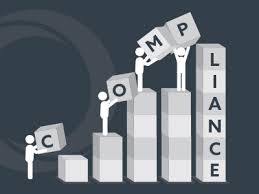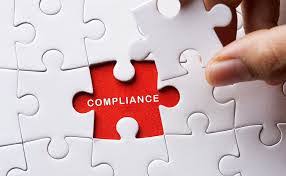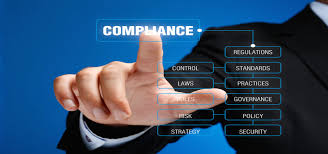The New Compliance Test: Do CCOs Have Senior Management Support and Resources to Innovate? (Part II of III)

This may be another in my series of profound grasps of the obvious – the compliance profession, research, technology and innovation are rapidly improving. We all hear about innovative compliance approaches, new use of data analytics, application of behavioral sciences in program design and incentives, and sophisticated measurement programs. As compliance tools become more affordable (e.g. blockchain), CCOs will have access to new technologies and innovative solutions.
This all sounds great on paper, but is it realistic? For every innovative program we hear about, there are probably ten (or more) that are suffering under resource shortages, lack of senior management support, and restrictions and headaches that prevent a CCO from implementing basic compliance program requirements.
In this realistic environment, innovative compliance programs will continue to do what they do — innovate. But will these innovations spread to the companies that are well behind the basic compliance curve?
Under these circumstances, what is the value of government compliance guidance when the profession and the industry is quickly moving beyond the elements of an “effective” compliance program as defined by the government?

To put it another way, should a chief compliance officer use government guidance to define a basic minimum for its compliance program as an insurance policy needed to respond to a potential government investigation or should the chief compliance officer aim higher, and embrace new solutions and technologies?
Like so many issues in life, the answers to these two questions is – grey (not black and white). Government guidance is just that – guidance. It is not a formal requirement nor a document of talismanic significance.
Each company is different. Each has its own organizational dna. Its compliance program and priorities reflect its own set of risks. Some corporate leaders naturally emphasize their own strengths – advancing corporate culture, inspiring leadership – while others may be expert technocrats, managers who have business acumen and the ability to cut through strategies and business options to succeed. Of course, there are leaders who ignore or place a low priority on ethics and compliance (usually because they do not understand it).
In each case, corporate compliance programs will reflect the company’s leadership and priorities. There is no need to straight-jacket a compliance program with detailed lists of 100 questions that have to be answered in the affirmative. To the contrary, an effective compliance program in one scenario may be less than effective in another.

At the same time, however, I do not want to ignore nor belittle government guidance because chief compliance officers need to embrace ideas that are well-established and time-tested as important.
Let’s consider a few examples – an anonymous hotline reporting system is prescribed in government guidance. It is a basic requirement for a compliance program and should not be ignored. Similarly, a risk-based due diligence program for business partners and vendors/suppliers falls into the same category.
These are exciting times in the compliance profession because of the potential that exists, the technologies that are becoming more affordable and innovative solutions that can be adopted. Compliance officers who set their goals solely in line with the government’s guidance are missing an important opportunity to implement innovative programs that have the capability to continuously improve.
Time will tell – another profound grasp of the obvious. But the industry is at an important inflection point. Compliance innovation is exciting and new ideas are being developed. It is indeed a heady time for compliance.

A word of warning, however. To the extent that compliance programs fall behind basic requirements, suffer corporate leadership malfeasance, and fail to embrace essential operations, there is a real risk that a compliance ”innovation” gap will develop – a few companies will maintain state of the art compliance programs, while the bulk of corporate actors fall further behind. This is a real potential and requires real education of corporate leaders on the importance and bottom-line benefits of a robust of ethics and compliance program.















